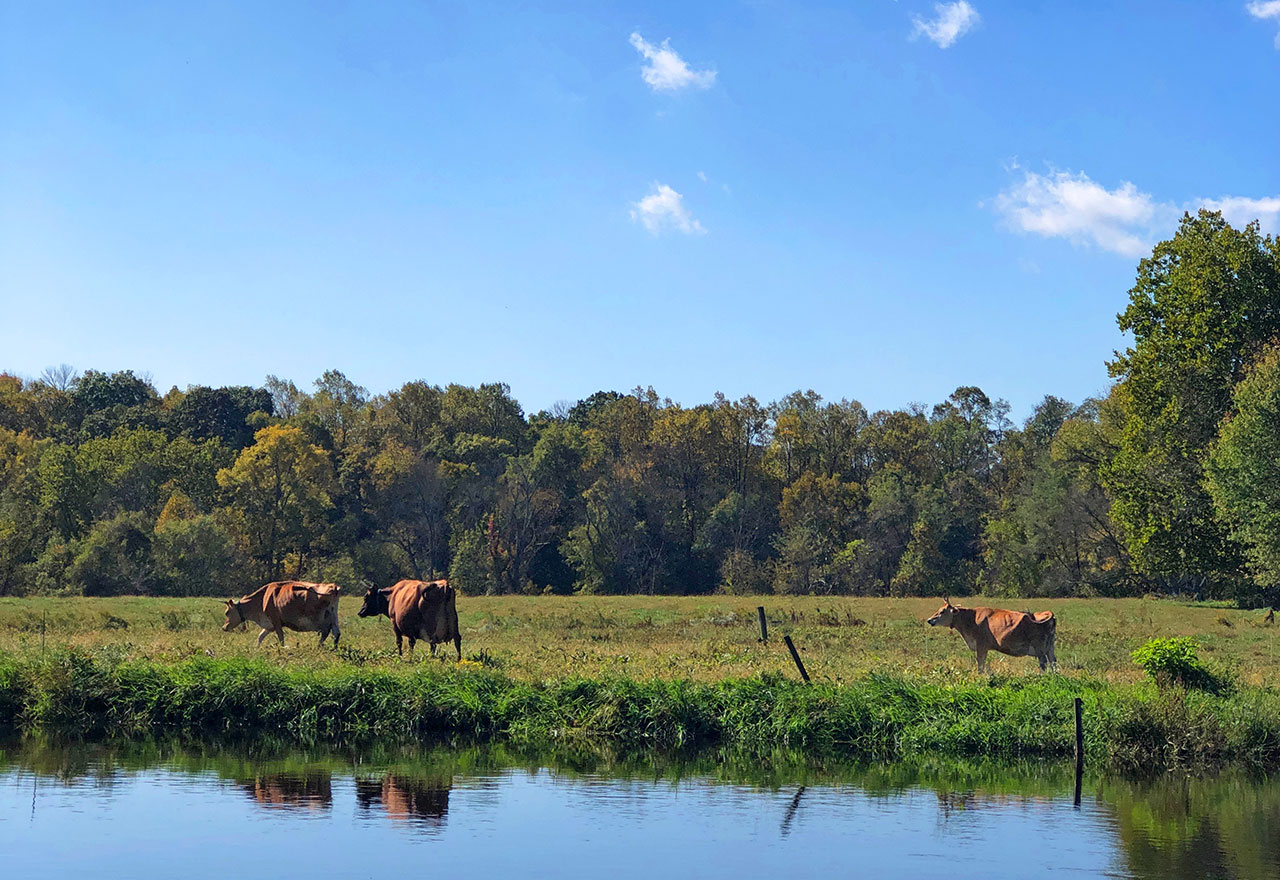If you drink milk, your morning glass may conjure images of cows grazing and napping on a bright spring morning.
Yet the majority of dairy in the US comes from conventional factory farms where confined cows are fed concentrates, including genetically modified corn and soy, and even waste products from other industries, such as stale candy. This carbohydrate-heavy diet enables factory farms to push cattle to produce more milk, more quickly— ultimately leading to chronic diseases that shorten their lives.
Even in “organic” factory farms, cattle are not allowed to exhibit their natural grazing behaviors, and their lives are devoted solely to eating in place and being milked three to four times daily.
Authentic organic dairies, where the animals are raised within the natural rhythms of their bioregion and land, starkly contrast the industrial feedlots that are hallmarks of both conventional dairy and “organic” factory farms.
Pasture-raised organic cows get most, if not all, of their diet from grasses and other forage plants, which their digestive systems efficiently transform into energy and milk. Pesticides, herbicides, and genetically modified organisms are not allowed in organic production, guaranteeing that the cattle and their feed are free from these toxins. Such farm systems nurture biodiversity in wildlife, insects, plants, and soil microorganisms.
Milk and other dairy products from grass-fed cows are nutritionally superior to dairy from operations that keep cows in close confinement. Grass-fed organic cows produce a smaller volume of milk than conventional cows, but the concentration of protein and fat in their milk is higher.
Authentic organic dairies convert animal waste—a major agricultural source of water pollution—into a boon for the whole ecosystem. Through rotational grazing, cattle are moved to fresh pasture before their manure builds up beyond the land’s capacity to safely manage it. This farming practice is an important aspect of intensive management that offers a host of environmental benefits, including increased carbon sequestration levels in the soil, which, in turn, aids climate health.
All the reason to reach for organic, truly grass-fed milk when you are able to make that choice. That glass comes with the satisfaction that your idyllic image of cows on pasture is not mere fiction.
Learn more about the organic dairy industry.


